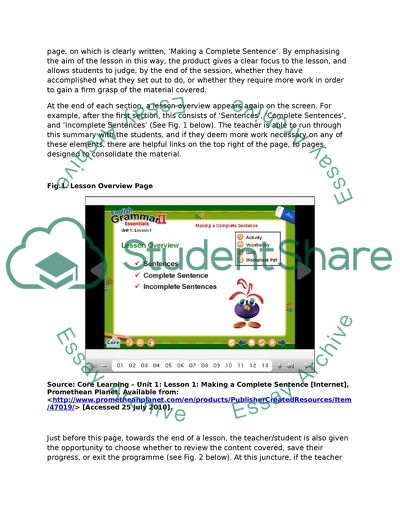Cite this document
(How Can a Specific ICT Package Be Used to Support Learning and Case Study, n.d.)
How Can a Specific ICT Package Be Used to Support Learning and Case Study. Retrieved from https://studentshare.org/education/1740277-education-studies
How Can a Specific ICT Package Be Used to Support Learning and Case Study. Retrieved from https://studentshare.org/education/1740277-education-studies
(How Can a Specific ICT Package Be Used to Support Learning and Case Study)
How Can a Specific ICT Package Be Used to Support Learning and Case Study. https://studentshare.org/education/1740277-education-studies.
How Can a Specific ICT Package Be Used to Support Learning and Case Study. https://studentshare.org/education/1740277-education-studies.
“How Can a Specific ICT Package Be Used to Support Learning and Case Study”. https://studentshare.org/education/1740277-education-studies.


